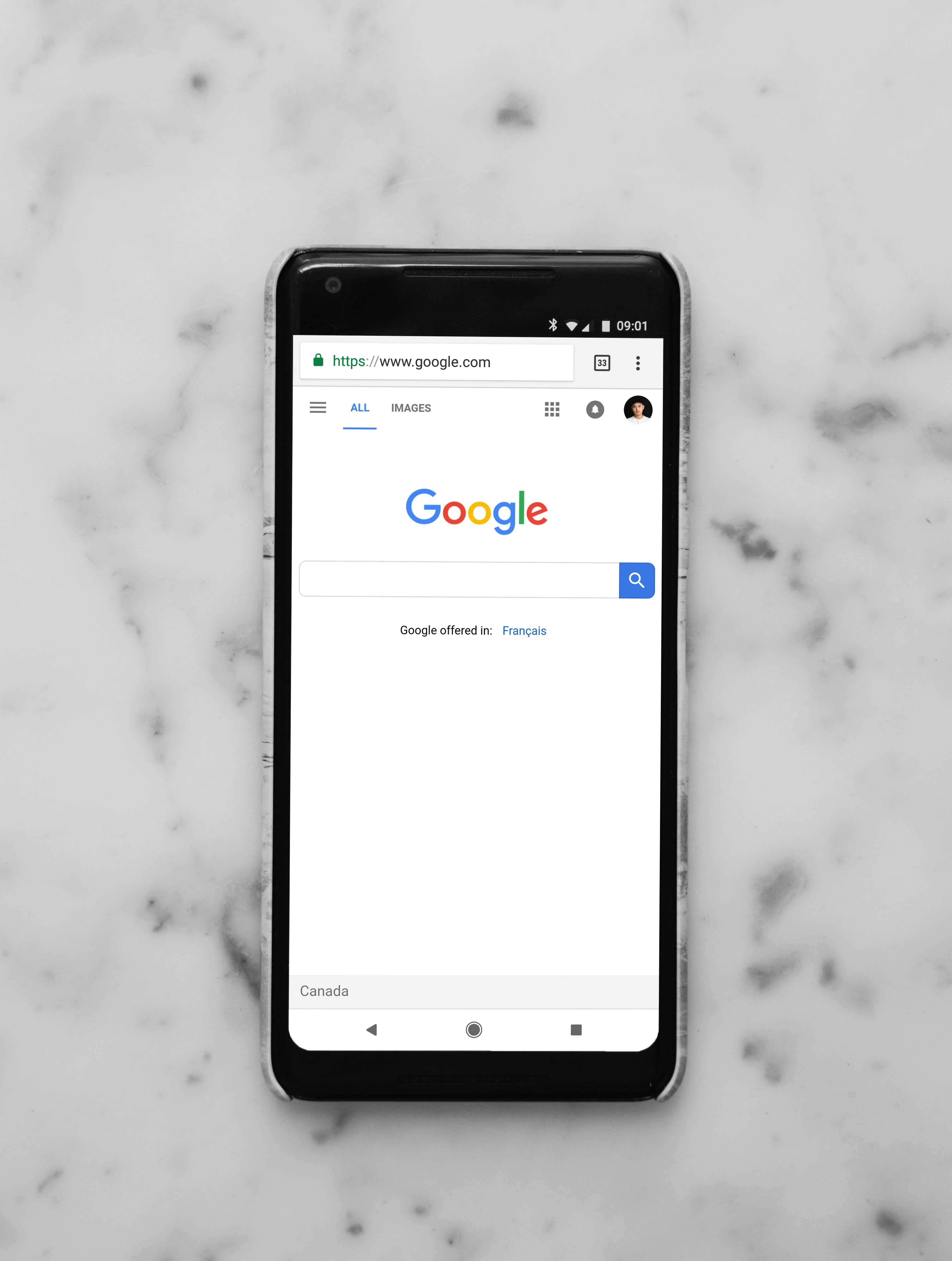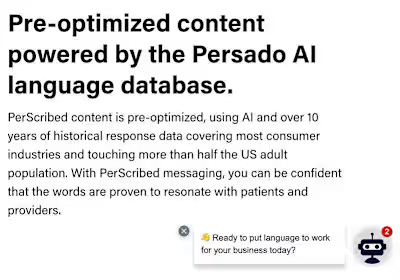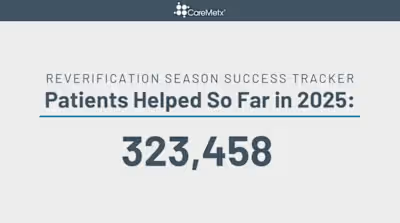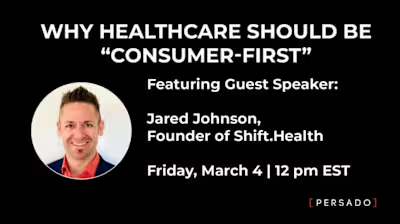The Patient Journey Starts at Google

The Patient Journey Starts at Google
Featuring thoughts from a webinar with Persado and Kory Booher, DexCare
The patient journey is constantly evolving in the healthcare industry. Consumers are expecting a far more digital, convenient, and transparent patient experience than the vast majority of healthcare organizations have been able to deliver so far. At the same time, new entrants such as Amazon are introducing new levels of sophistication in delivering healthcare.
Traditional healthcare players and new competitors are thinking about what the modern “customer” wants from the healthcare experience and the opportunities and challenges of acquiring, retaining, and engaging patients in the patient journey. A more robust digital presence and the productization of healthcare have emerged as two opportunities for healthcare organizations to meet customers where they are.
The Digital Opportunity
Healthcare used to be based on a patient’s relationship with a primary care doctor, and doctors were usually found through word of mouth. The modern patient moves around far more, and their relationship with a doctor often starts with a Google search. The following facts and statistics illustrate how important digital avenues have become to finding a doctor.
● Three-quarters of U.S. adults look for health information online
● 7% of Google’s daily search volumes are health-related
● 63% of patients choose a provider based on a strong online presence
● Health-related Google searches increase among emergency room patients weeks before they visit the hospital
Because of these trends, healthcare organizations have an enormous opportunity to provide the answers that patients are looking for online and capture valuable customers for their services. Healthcare providers can shape the conversation around health and wellness. They can become a trusted source of information for patients seeking health information and then nurture the relationship by capturing data about the customers and staying in touch through email or other channels.
Currently, there is an enormous missed opportunity for healthcare organizations to maintain the relationship with patients between their moments of need. There is no CRM for most healthcare organizations: Patients keep track of their appointments on their own and take the initiative to follow up. Healthcare organizations can invest in nurturing relationships that help them stay top of mind for customers even when they do not need medical care and invest in measures that cultivate customer loyalty.
The Consumerization and Productization of Healthcare
The consumerization of healthcare is already underway. Patients have expectations for the healthcare experience, and the healthcare industry is striving to meet them.
Convenience is a major demand from patients: 69% of Americans would consider switching providers based on convenience. Patients expect a more convenient experience that many healthcare organizations are simply not providing with antiquated systems. Patients don’t want to go through multiple clicks to schedule an appointment or sign into MyChart. They don’t want to wait seven days to see a doctor, and they want transparency about the wait time and the cost.
Today, new entrants from the retail market such as Amazon Care and CVS MinuteClinic seek to offer a more convenient visit with a doctor than traditional healthcare organizations, bringing a higher level of sophistication to the customer experience and the motives to keep customers happy. Same-day appointments, convenient locations, and self-scheduling are some of the features they can deliver.
Price transparency is another important expectation of the modern patient. With the shift to more high deductible plans, patients are more sensitive to the price of care because they are paying more out-of-pocket. It has been difficult to know with certainty the cost of care beforehand due to the complexities of insurance plans, but healthcare organizations are now giving patients more price estimates. At the same time, retail health clinics (such as the CVS MinuteClinic) can often provide the exact cost of care, which is appealing for many patients.
With the consumerization of healthcare, organizations that can productize healthcare will gain the competitive advantage. There is simply no one in charge of the healthcare “product” at traditional healthcare organizations—and that’s reflected in the incohesive experience many patients have.
The Challenges of Change for Traditional Healthcare Organizations
Creating a better patient journey is a challenge for healthcare organizations because it takes courage and power to change. A forward-thinking executive who has the vision for change needs to be in the C-suite. People often stick with the current way of doing things because they can—until it’s too late. Change happens slowly and then suddenly very fast.
Traditional healthcare organizations also have legacy systems into which they have poured vast resources. One of the most important is the EMR system Epic, which many healthcare systems use. Epic’s technology is based on a hierarchical database that was dominant in the 1980s. The healthcare systems that spend millions of dollars on Epic are the ones that are far behind the curve. Yet, Epic is a staying force because of the sunk costs and entrenched interests (entire teams are dedicated to Epic in an organization). These same healthcare systems wait for Epic to build the products they need rather than adopting a best-in-class product.
Conclusion
The traditional healthcare industry is heading toward obsolescence while retail health builds the consumer experience that patients want. Healthcare needs to focus on the patient journey, yet there must be a shift in awareness and a change in thinking for most healthcare organizations. The organizations leading the way have had a human experience that gave them insight into the problem. Yet others may not be far behind if new entrants from outside the industry can improve the patient experience, reduce the cost of care, and capture healthcare consumers.
Dianna Bai is a freelance writer, content strategist, and social media strategist with a passion for healthcare and mental health. A Stanford and Johns Hopkins graduate, her work has appeared on Forbes.com, TechCrunch, Medium, Beijing Today, Good Housekeeping, Woman's Day and AL.com.
Portfolio: https://copyfol.io/v/diannabai
Like this project
Posted Apr 1, 2025
Article has been featured on Persado's website.







